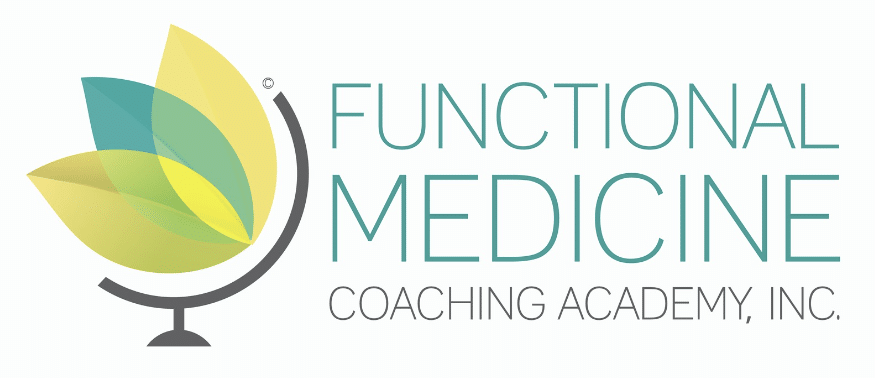In the realm of health coaching, the mode of delivery brings its own set of nuances and considerations for both clients and coaches.
There are important distinctions between in-person coaching and online or telehealth coaching. In-person coaching provides a great environment for building trust and communication, but it also puts up barriers around location and scheduling. Online coaching opens scheduling and location to more people but can be a problem for less tech-savvy clients.

Understanding the differences and nuances between these formats is essential for tailoring health coaching techniques to each. Both clients and health coaches benefit from choosing the best coaching format for their needs. This ensures optimal support and successful outcomes for all involved.
What Clients Should Consider
In-Person Coaching:
Meeting face-to-face with a health coach allows for natural conversation, visual cues, and a sense of presence that can deepen trust and build rapport. Body language, facial expressions, and tone are easier to read and understand in person, leading to a more intuitive, connected coaching experience.
Clients who struggle to find a quiet or private space at home may prefer in-person sessions, where they can speak freely without interruptions. Additionally, clients who feel overwhelmed by technology may find comfort in the simplicity of in-person communication.

Online Coaching:
Virtual coaching removes the need to travel, making it easier to fit sessions into busy lives. For clients juggling work, caregiving, or health conditions, this flexibility can be crucial. Online sessions also make coaching more accessible to individuals living in rural or underserved areas.
Some clients feel more comfortable opening up from the safety of their own environment, where they are surrounded by familiar sights and sounds. Online coaching can also provide a sense of privacy that helps certain individuals feel more secure.

Group Coaching: In-Person vs. Online
Group coaching builds connection, accountability, and community. The format you choose can affect how those benefits unfold.
In-Person Group Coaching
Bringing clients together in a shared physical space creates a natural sense of camaraderie. Participants can engage in real-time discussions, observe others’ body language, and draw motivation from being physically present with like-minded individuals. This format is especially impactful for those who value hands-on interaction and social connection.


Online Group Coaching
Virtual group coaching brings together people from different regions and backgrounds, expanding the diversity of shared experiences. With tools like breakout rooms, chat features, and shared resource hubs, coaches can create interactive and supportive environments. This format tends to lower the barrier to entry for clients who may be shy or uncomfortable speaking in person.
Clients who prefer written communication or want to review materials after sessions often appreciate the digital convenience of online group coaching.
Pros and Cons for Health Coaches
Whether working in person, online, or in a hybrid model, coaches must consider their own preferences, resources, and client needs. Here’s a breakdown of each format’s benefits and challenges:
In-Person Coaching:
Pros:
- Stronger non-verbal communication and real-time feedback
- Greater control over the session environment
- Easier to build trust and rapport for some clients
- No reliance on internet or technical tools
Cons:
- Limited by geography and travel
- Fewer scheduling options due to time and location constraints
- Higher costs related to renting space and commuting
- More challenging to scale or offer flexible group structures


Online Coaching:
Pros:
- Flexible scheduling and the ability to offer more time slots
- Wider reach beyond local communities
- Reduced overhead costs
- Easier to scale, especially for group coaching
- Accessible to clients who prefer a familiar environment
Cons:
- More opportunities for distraction during sessions
- Building rapport may take longer in a virtual setting
- Technology barriers and connectivity issues can disrupt sessions
- Fewer visual cues, requiring greater listening skills
Choosing the Right Format
There is no one-size-fits-all approach to coaching. The best format is the one that fits both the coach’s practice and the client’s lifestyle. Some coaches blend both options, offering hybrid models to meet a variety of needs. Others specialize in one format to provide a consistent experience.
The most important factor is creating a space where the client feels safe, supported, and motivated. When that happens, coaching becomes a powerful tool for growth and long-term health.
Health coaching works. By offering different ways to connect, coaches can reach more people and help transform more lives.
Are You Ready to Transform Lives as a Functional Medicine Health Coach?
Learn more about FMCA’s Health Coaching Certification Program and ENROLL TODAY!

Our Latest Blogs
-

Student Spotlight: Sonja Brink
Read Full Article: Student Spotlight: Sonja Brink -

Alumni Spotlight: Angela Balboa
Read Full Article: Alumni Spotlight: Angela Balboa -

FMCA Community Impact Scholarship Recipients For March 2026 Announced
Read Full Article: FMCA Community Impact Scholarship Recipients For March 2026 Announced

